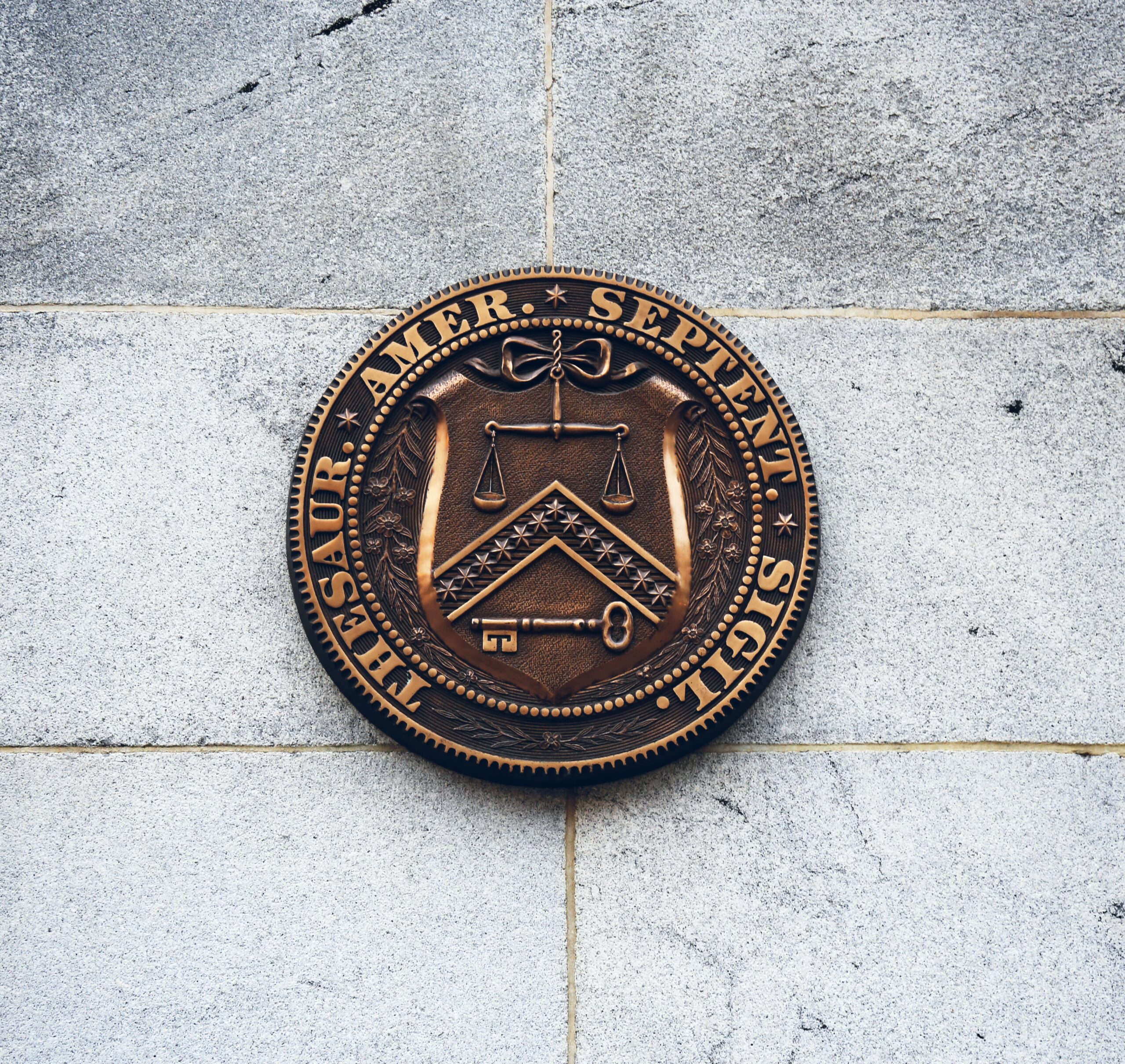Seasoned stock analysts are constantly looking for clues as to what might happen in the stock market.
One of the most-watched indicators yet seldom discussed among mom and pop investors is the yield on the 10 year Treasury note.
Treasuries are debt from the U.S. government and are thought to be one of the safest investments on the planet. Treasuries have varying maturities from a few days to 30 years. The length of the maturity (when you get your principal back) affects how the treasury is named.
Treasury bills have maturity dates from a few days to 52 weeks. Treasury notes are from two years to 10 years, while Treasury bonds mature in 20 or 30 years.
Yield is the amount of interest you will be paid when you purchase a Treasury. When you purchase a Treasury bill, note, or bond, you are essentially lending money to the U.S. government in return for this interest payment.
In general, the longer out the maturity date is, the higher the interest the Treasury will yield. For example, a 30-year Treasury bond will pay a higher interest rate than a 30-day Treasury bill.
The most-watched Treasury by professional investors is, as mentioned, the 10-year note.
The yield on this debt is key to what analysts look to when making major prognostications as to where the market might be beheaded.
What the interest rate is and how fast it is moving, is usually reflective of investor confidence as it pertains to the perceived risk in the economy as well as an indicator of inflation.
When the consensus is that the economic environment is calm, and inflation is tame, interest rates fall, indicating general fear is subsiding. When interest rates start to rise, it can signal fear is also rising, as well as inflation, either of which can lead to market sell-offs.
Although there is no one particular rate on the 10 year that is “the rate” that causes traders to head for the exits, when the 10 year Treasury start to rise, professionals, start to get nervous. If they rise quickly and/or in a disorderly manner, traders get really nervous.
The climb in rates means that Treasuries may start to compete for investor funds. The funds to buy Treasuries come from stocks being sold. The higher the interest on Treasuries goes, the more investors are tempted to forgo stock market risk for the 100% safety of Treasuries.
Why rates rise and approach critical levels can have a variety of causes, many of which are the subject of debate. It is thought that when investors are feeling more confident about the stock market, they slow their buying of safe-haven Treasuries and instead buy riskier investments such as stocks. As such, when demand slows, the prices of Treasuries dip, and subsequently their yields rise. Conversely, when investors are warier about the health of the economy, they are more interested in buying Treasuries. The fear of inflation can also be a major cause of rising rates. Whatever the reason, with the increase in demand for Treasuries, comes a decrease in the interest rate.
If Treasury rates rise higher, the more it signals a rise in investor euphoria. In essence, investors could be said to be throwing caution to the wind, and are piling into more and more stocks, and out of Treasuries. Historically, this may mean the market has more of a chance to correct. How much and how fast it corrects will not be known until it happens.
There is no one rate that means a slam-dunk as to prognostication of what will happen, and the 10 year Treasury yield is not the only clue traders look to as to what might happen, but it is a major one looked at to gauge investor sentiment and a possible inflation concern.
Keeping in mind no event nor person can forecast market direction at any time, the 10 year Treasury yield is one important yet little-known indicator that market observers pay attention to.
Right now, the 10-year note yields about 1.63%, up from a rate of about .53% in July of 2020, which was a multi-decade low. The historical average is between 4 and 5% but has been consistently trending lower over the last 50 years. This decreasing trend in rates over many years is thought to be a necessary evil, caused by an ever-increasing budget deficit that now runs into the many trillions.
This article is opinion only of Marc Cuniberti, and may not represent those of this news media and should not be construed as investment advice nor represents the opinion of any bank, investment or advisory firm. Neither Money Management Radio (“Money Matters”) nor Bay Area Process receive, control, access or monitor client funds, accounts, or portfolios. Contact: (530)559-1214 or [email protected]
Photo by tommao wang on Unsplash


